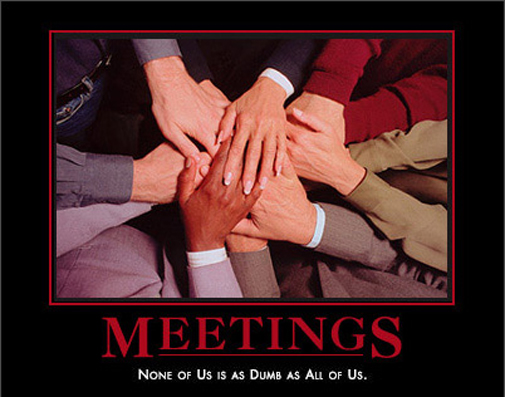What the heck is patient experience anyway?
By Leslie Ziegler
Since the coming of the Hospital Consumer Assessment of Health Providers and Systems (HCAHPS) survey, patient experience has become a steamy topic. And no wonder, as it was put together to create a national standard for collecting and reporting patient perspectives, creating an “apples-to-apples” comparison of hospitals. Outside of the pride inherent in maintaining a high ranking and providing a positive experience, it will also (eventually) dictate how much money the hospital gets back from Medicare and Medicaid.
So if getting patient experience right can so drastically impact government funding, not to mention outcomes, why hasn’t it (until now) become more of a priority? According to research conducted by The Beryl Institute earlier this year, over 60% of the 790 hospital executives polled actually listed patient experience as one of their top 3 priorities. They identified lack of definition (58% didn’t have one), cultural resistance (50% didn’t want to do things differently) and trial by committee (42% groupthink versus a dedicated stakeholder) as the main barriers to making sweeping change.
So let’s step back and attempt to define patient experience for the 58% of administrators that want to make it a priority but are still puzzled by exactly what it is. If you’re looking to score points with Medicare, it’s how effectively hospitals are satisfying patient needs and expectations, through criteria like communication, noise levels and general staff responsiveness. But generally, it’s vaguely defined as a system of care organized around patients rather than specialized departments. The Institute for Patient Centered Design goes a step farther and outlines its ten principles for success:
1. Respect privacy
2. Facilitate communication, collaboration and trust
3. Encourage patient and family participation
4. Empower patients
5. Promote safety and security
6. Provide accessible accommodations
7. Create a comfortable environment
8. Facilitate healing
9. Support staff’s goals through design
10. Look for design opportunities to respond to unmet needs
In essence, those receiving care should be made to feel comfortable and safe, both physically and mentally, and empowered to heal. Simple enough. Non medical, cosmetic features like brightly painted walls and the presence of natural light can also greatly improve outcomes, and support points 3, 7 and 9 above. So why are low hanging opportunities to make hospitals less sterile and more welcoming to patients, their families and staff ignored?
The Mayo Clinic’s Center for Innovation includes a design research studio, dedicated to exploring new ways to improve health care’s human experience. One simple example of their work in action is the beautiful grand piano that resides in the Gonda Building’s gorgeous atrium. Music’s healing power is well documented, and as it turns out, can also be great for PR. The footage below featuring the musical stylings of two intrepid elderly visitors hit the viral video circuit to the tune of nearly 8 million views on YouTube.
The Cleveland Clinic is another shining example of what happens when you start making the non medical experience better, and what it’s like to have a position dedicated entirely to it. They de-uglified the hospital gown with Diane Von Furstenberg, and in a very California twist, gave all foodies a little something to get excited about by hosting a farmer’s market and food trucks on their campus. Might not be directly related to quality of care, but as anyone who has spent more than one day in a hospital can tell you, providing a healthy and fresh alternative to typical cafeteria fare is good for patients, their families and what I imagine are very happily satiated staff members (if it’s anything like food truck Monday at Rock Health).
Take away the gigantic budgets and fancy buildings and you’re still left with basic non medical opportunities to humanize the experience, through things as simple as smiling more or internal cultural directives. So for those that still struggle with definitions or first steps, or don’t have big budgets this fiscal, perhaps the best advice is to treat those that are at their most vulnerable as you’d like to be treated, with respect and kindness, and try to get the small stuff right. For everyone else, look to the above for inspiration, and start investing in Steinways.

